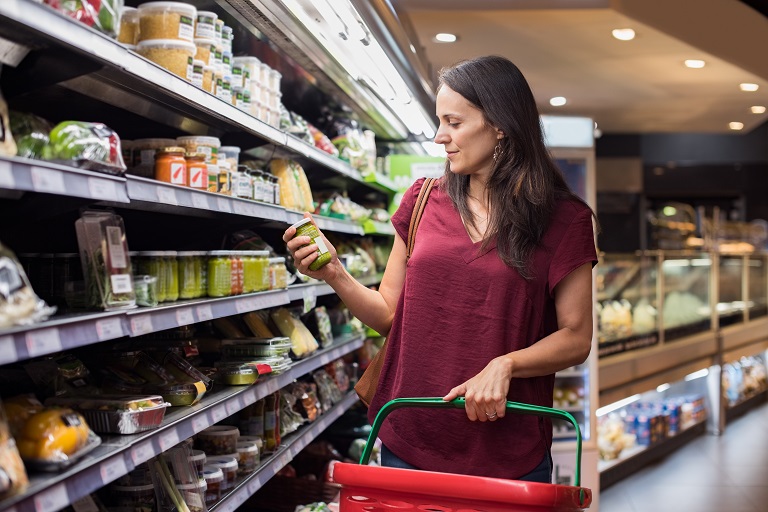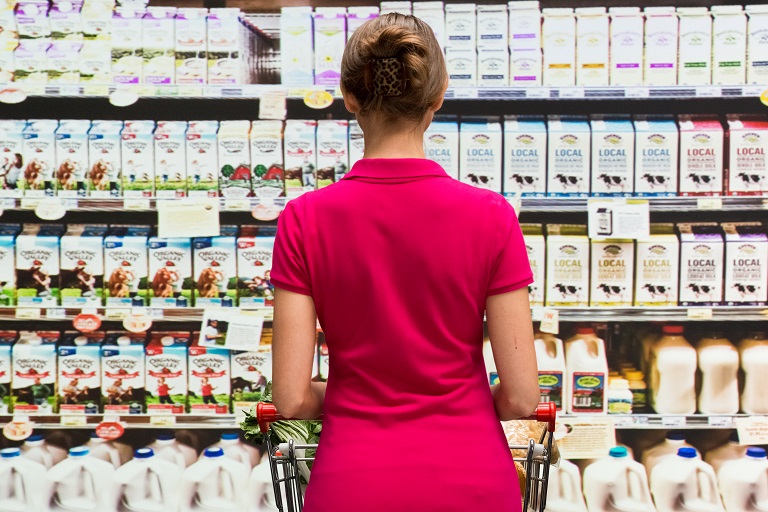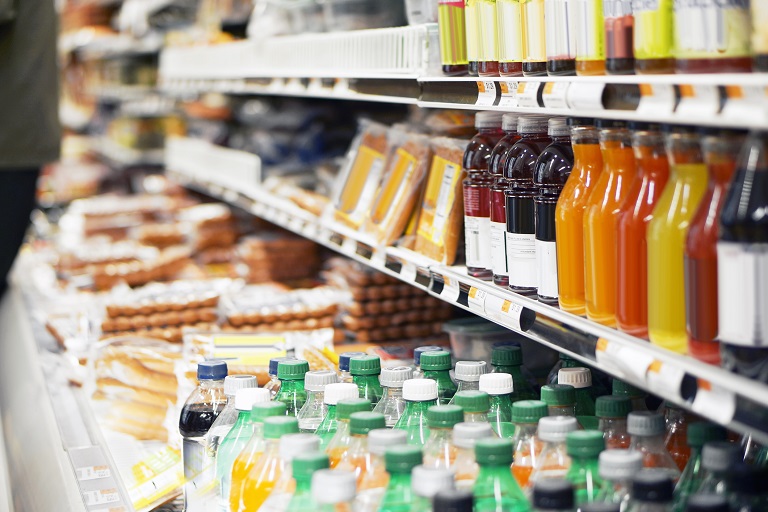Throughout the duration of the study, we monitor critical microbiological indicators such as mold growth, aerobic bacteria, and pathogenic organisms at specific time points to ensure product safety and stability.
Shelf Life and Stability Testing Services
Helping you determine the shelf life of your products.
At Eurofins, we leverage the power of human senses to provide you with in-depth insights into your product focusing on human food and supplements. Our team of qualified and highly trained sensory scientists work closely with you to understand your specific needs while providing a cost sensitive tool to ensure quality, drive innovation, and support consumer safety.
Let us help you find your solution
Every product is unique, which is why we tailor each study to ensure that the shelf-life determination is sound. We consider several factors when setting up the testing protocol for a given study:
Monitoring changes in water activity and pH over time is crucial, as these factors can affect microbial susceptibility. Tracking these parameters provides valuable insights into the stability and safety of the product formulation throughout its shelf life.
Rancidity testing determines the level of oxidation in a sample. When lipids (fats and oils) go rancid, nutrition and quality are impacted. Proper rancidity testing is an essential component in determining the shelf life of the product. Key components of rancidity evaluations are:
Peroxide Value (PV)
Determines the number of peroxides in the lipids. Peroxides are the initial indicators of lipid oxidation. Peroxides will continue to react and produce secondary products such as aldehydes.
p-Anisidine (p-AV)
Indicates the number of aldehydes in the lipids. This test is often paired with PV, as aldehydes are the secondary indicators of oxidation. Aldehydes can produce strong objectionable flavors and odors at relatively low levels.
TBA Rancidity (TBAR)
Measures aldehydes (primarily malondialdehyde) created during the oxidation of lipids. This analysis is primarily useful for low-fat samples, as the whole sample can be analyzed rather than just the extracted lipids.
Free Fatty Acids (FFA)
Determines the number of fatty acids that have been liberated from their triglyceride structure. Free fatty acids can produce strong flavors and odors at relatively low levels. Free fatty acids are hydrolytic rancidity (not oxidation) products and can be caused by microbial activity.
Oxidative Stability Index (OSI)
Indicates how resistant a sample is to oxidation. The samples are subjected to heat while air (containing oxygen) is streamed through it. This process accelerates the oxidation process causing most oils to go rancid quickly. The samples are monitored, and the time required for the sample to become rancid is determined. Samples that require longer times to become rancid, and more stable.
Label Claims
The degradation of vitamins, nutraceutical active ingredients, and other unstable compounds, as well as loss or gain of moisture provide insights into the overall quality of the product.
Eurofins network of laboratories offers a variety sensory analysis options to be performed during our stability and shelf-life studies. Conducted by our trained sensory panel, these tests can be custom tailored to client’s specific product needs. Aspects such as color, texture, aroma, packaging, separation, stratification, and taste can all be tracked throughout a product’s shelf-life. These attributes are of high importance to a consumer when selecting a product, which can be otherwise not apparent in analytical data alone.
In addition, our teams offer both descriptive and discrimination analysis.
Discrimination Evaluation
While all sensory studies are customizable, we have outlined a common format for quantifying difference magnitude. This typically involves a scale of 0 to 9 to determine how different the sample is from the benchmark/control. Additional components to a score sheet can be added such as Paired Comparison, Triangle Test, or Circle All that Apply. Control samples are typically kept frozen or refrigerated until the time of evaluation with 5 to 6+ person panels are recommended.
Descriptive Evaluation
Used qualitative measurement aimed at products that require a less robust sensory methodology. We recommend providing specific descriptive nomenclature for panelists to use. Terminology can include any sensory components you wish to have assessed. The use of a control sample is optional, and 2 to 3 person panels are typically recommended.
CIE Color Space testing is used for objectively measuring and comparing colors, particularly in three dimensions, using a spectrophotometer and the Lab* color space. This test is used in various industries like food, cosmetics, and textiles to ensure consistent color quality and match colors accurately.
Key values of Hunter colorimeter testing:
- L (Lightness):*: Represents lightness or darkness, ranging from 0 (black) to 100 (white).
- a (Red-Green):*: Represents the red-green axis, with positive values indicating red and negative values indicating green.
- b (Yellow-Blue):*: Represents the yellow-blue axis, with positive values indicating yellow and negative values indicating blue.
This testing is incredibly useful for monitoring quantitative changes over time, common while conducting shelf-life studies of food and beverage products.
Texture can be just as important as flavor, especially in food, feed, and pet products. Our TA.XT+ Texture Analyzer delivers a comprehensive Texture Profile Analysis (TPA) using a two-compression “Two Bite Chew” technique. It evaluates attributes such as:
- Hardness
- Fracturability
- Cohesiveness
- Springiness
- Gumminess
- Chewiness
- Resilience
- Adhesiveness
We offer customizable equipment probes and settings tailored to your product matrix— ideal for both product development and shelf-life evaluation.
Stability and Shelf-Life Conditions
Using state-of-the-art stability chambers our shelf-life testing protocols ensure that products are kept at specific temperatures and humidity levels throughout the duration of the study. The product is then evaluated at specific intervals to monitor any potential degradation in quality or food safety. Studies proceed until it is determined that the product is no longer acceptable based on agreed criteria.
Our stability and shelf-life laboratories offer multiple atmospheric conditions including the six standard conditions below. Other conditions may also be accommodated upon request. Additionally, we can determine the photostability of products using controlled lighting conditions.
Condition | Environment
- Frozen | -15ºC
- Refrigerated | 5ºC
- Ambient | 25ºC / 60% RH
- Intermediate | 30ºC / 65% RH
- Tropical | 30ºC / 75% RH
- Accelerated | 40ºC / 75% RH
- Photostability | ICH - Q1B
Industries We Serve
- Animal feed
- Dietary supplements
- Medicated feed
- Pet food
- Food additives and ingredients
- Dairy products
- Produce
- Juice & Beverage products
- Frozen foods
- Confectionary and candies
- Assorted snacks
Don't see your industry in this list? Contact us to see if we can accommodate your product testing needs.











